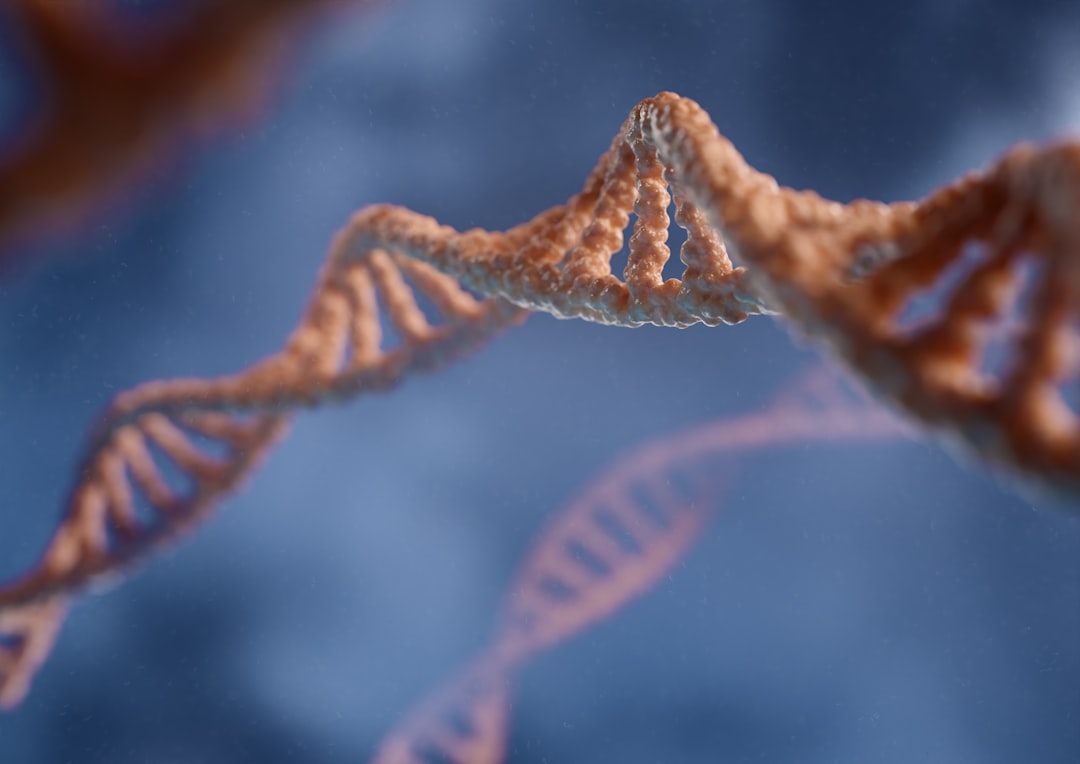What is it about?
How does pain become chronic? If we can uncover what goes wrong during chronic pain and restore it, can we provide pain relief? Our study focuses on how changes in spinal cord neurons affect pain perception, specifically mechanical allodynia (pain from light touch), a common symptom of chronic pain. The study identifies that a decrease in a protein called parvalbumin in specific neurons leads to altered firing patterns, contributing to allodynia. Blocking the potassium channels of these neurons restores normal neuron activity and alleviates chronic pain. Our research suggests targeting these mechanisms could lead to new treatments for chronic pain conditions
Featured Image

Photo by CHUTTERSNAP on Unsplash
Why is it important?
Current interventions for chronic pain have poor efficiacy due to our incomplete understanding of the underlying mechanisms. Understanding these mechanisms could pave the way for developing more effective treatments that target specific neuronal processes, limiting potential adverse side effects. This research opens new avenues for therapeutic strategies that could improve the quality of life for millions of people affected by chronic pain.
Read the Original
This page is a summary of: Parvalbumin gates chronic pain through the modulation of firing patterns in inhibitory neurons, Proceedings of the National Academy of Sciences, June 2024, Proceedings of the National Academy of Sciences,
DOI: 10.1073/pnas.2403777121.
You can read the full text:
Contributors
The following have contributed to this page










